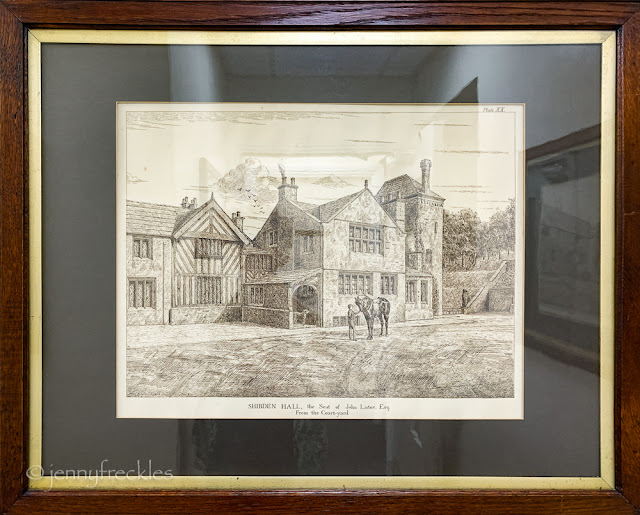I always think that Britain's red post (pillar) boxes are an under-appreciated asset. They're a good thing as you generally don't have to go too far to find one to post your letter in, and a good thing in that they are quite stylish and distinctive. Most of them have a royal cipher that tells you during which monarch's reign they were installed. This one on the corner of Bingley Road and Bromley Road, Shipley, has the cipher of King Edward VII, who reigned for only nine years from 1901 until his death in 1910. Known as 'Bertie', he was the eldest son of Queen Victoria. Pillar boxes with his cipher are relatively rare, though not as rare as those for Edward VIII who, famously, abdicated during his first year as king in 1936.
Saturday, 31 August 2024
Friday, 30 August 2024
Monopoly Leeds
Thursday, 29 August 2024
A p*** up in a brewery
Wednesday, 28 August 2024
Bike repairs
Tuesday, 27 August 2024
Bhutia girl
Monday, 26 August 2024
Elegance
The mushroom coloured coat with concealed buttons, above, is a 1930s original. The day dress is modern but heavily influenced by late 1920s style.
Sunday, 25 August 2024
"Gentleman Jack' costumes
Saturday, 24 August 2024
The Duke of Wellington's Regiment
The first Duke of Wellington (1769-1852) was the Colonel of the 33rd from 1806-1812. After his death the Regiment was renamed by Queen Victoria in his honour. It’s the only Regiment to be named after a person who was not royalty. The Museum includes displays relating both to the Duke and the long and distinguished history of the Regiment.
There are some interesting exhibits, including the Duke of Wellington's famous bicorne hat, and his riding boots that gave rise to our 'wellington boots'. I was somewhat amused by the saucepan, reputedly the one in which Wellington's breakfast was cooked on the morning of the Battle of Waterloo (1815) which marked the end of the Napoleonic Wars.
Friday, 23 August 2024
No swooning!
Thursday, 22 August 2024
A Kate treat
Wednesday, 21 August 2024
Beyond Appletreewick
Tuesday, 20 August 2024
Freddie
Monday, 19 August 2024
How lucky am I?
Sunday, 18 August 2024
Sunday meditation: Peacemakers
'Blessed are the peacemakers, for they will be called children of God' Matthew 5:9
'If it is possible, as far as it depends on you, live at peace with everyone' Romans 12:18

































.jpg)


















